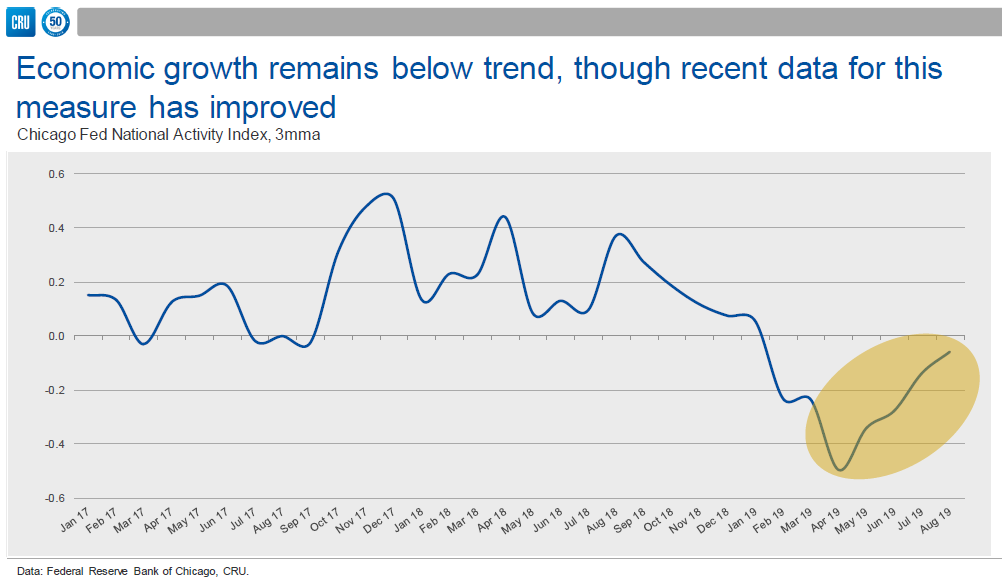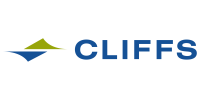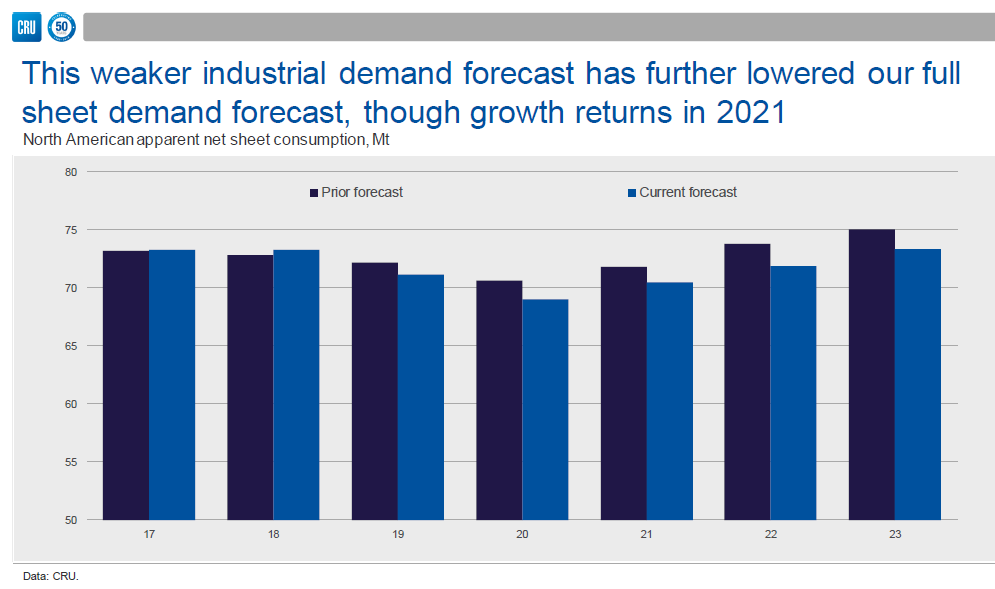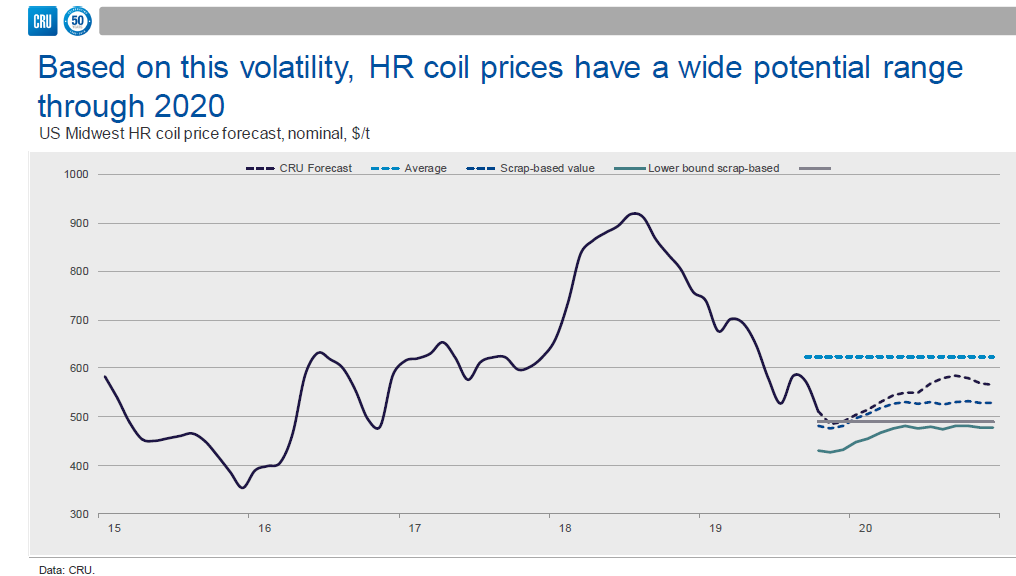Steel Products Prices North America

CRU Analyst: Price Volatility Here to Stay
Written by Sandy Williams
October 22, 2019
Steel price volatility was persistent in 2019, said CRU Principal Analyst Josh Spoores at the FMA/ASD Executive Networking Series held in Pittsburgh last week.
U.S. economic growth was below the historical trend throughout 2019, but has improved since April, according to the Chicago Fed National Activity Index.

Mill lead times for HR, CR and HDG began shortening early in the year with a mild uptick during the summer months before turning lower once again.
The combination of shorter lead times, weaker demand, lower scrap costs and adequate inventories were the drivers behind falling sheet prices in 2019, said Spoores.
The forecast for industrial production was revised lower by CRU since their Q3 forecast. Lower sheet demand is predicted for this year mainly in the manufacturing and automotive sectors. Demand from the construction sector is still positive and expected to improve in 2020, with all three sectors showing improvement in 2021.
The revised sheet demand forecast calls for a 2.9 percent decline in 2019 and 3 percent in 2020. The good news, said Spoores, is that the industry will see sheet demand bottom in 2020 with a sustained growth rate of about 2 percent starting in 2021 and continuing for 4-5 years.
New capacity is likely to restrain sheet prices from 2021 onward. About 7 million tons of cumulative new EAF capacity is coming online at Big River Steel, Nucor, Steel Dynamics and North Star Bluescope during the next five years. Steel prices are expected to fall with new capacity, but are predicted to remain at a slight premium over global prices.
Factors behind continued price volatility include:
• Slower growth rate of industrial production and increased chance of a recession
• Increased North American HR coil capacity
• Increased competition among steel producers
• Evolution of Section 232 for steel consumers as well as specific countries
• Black Swan (the extreme impact of rare and unpredictable outlier events)
Continued volatility will benefit those companies using CME Futures. CRU’s average annual price for HR coil was $831 in 2018 and 2019 will be closer to $601, said Spoores. CME Futures was pricing in $730 for a period of mid-December 2019. Users of CME Futures could have locked in sales of HR coil at the $730 price rather than selling at the CRU average price of $601.

Sandy Williams
Read more from Sandy WilliamsLatest in Steel Products Prices North America

SMU Price Ranges: Sheet and plate steady ahead of Independence Day
Sheet and plate prices were little changed in the shortened week ahead of Independence Day, according to SMU’s latest check of the market.

Nucor maintains plate prices, opens August order book
Nucor aims to keep plate prices flat again with the opening of its August order book.

Nucor CSP remains level at $900/ton
Nucor maintained its weekly list price for hot-rolled (HR) coil this week, following two consecutive increases.

Cliffs raises prices, seeks $950/ton for July spot HR
Cleveland-Cliffs plans to increase prices for hot-rolled (HR) coil to $950 per short ton (st) with the opening of its July spot order book. The Cleveland-based steelmaker said the price hike was effective immediately in a letter to customers dated Monday.

HRC vs. prime scrap spread widens in June
The price spread between HRC and prime scrap widened in June.


